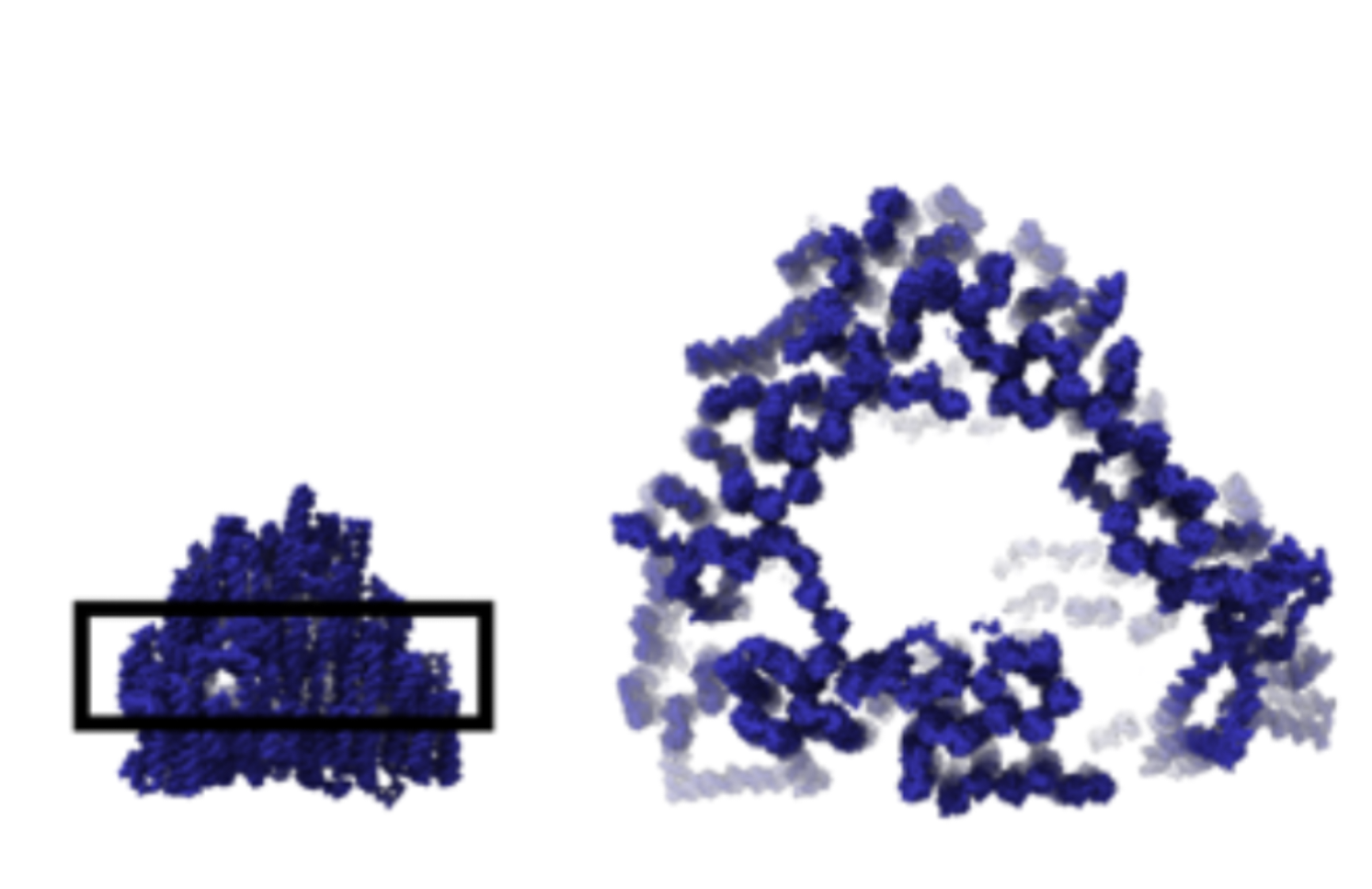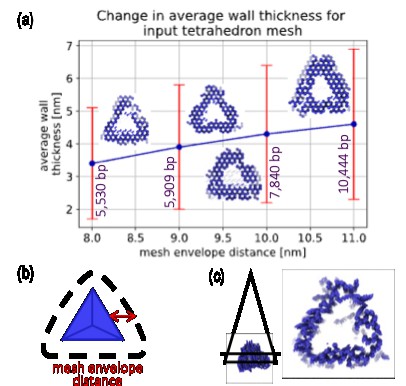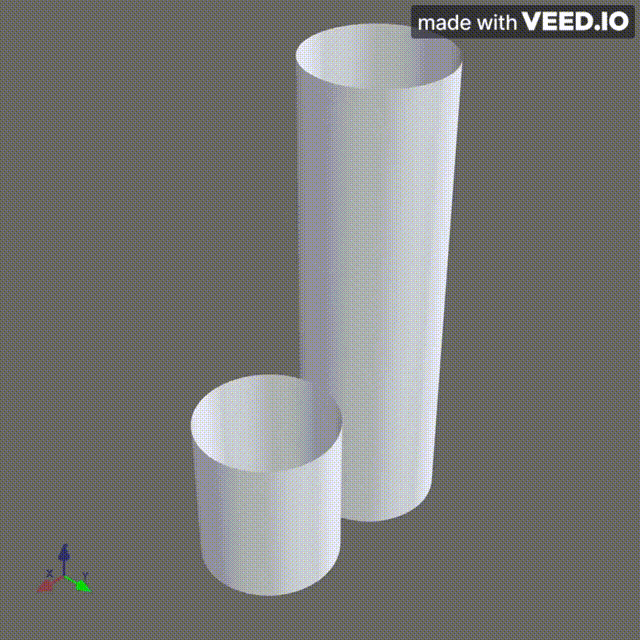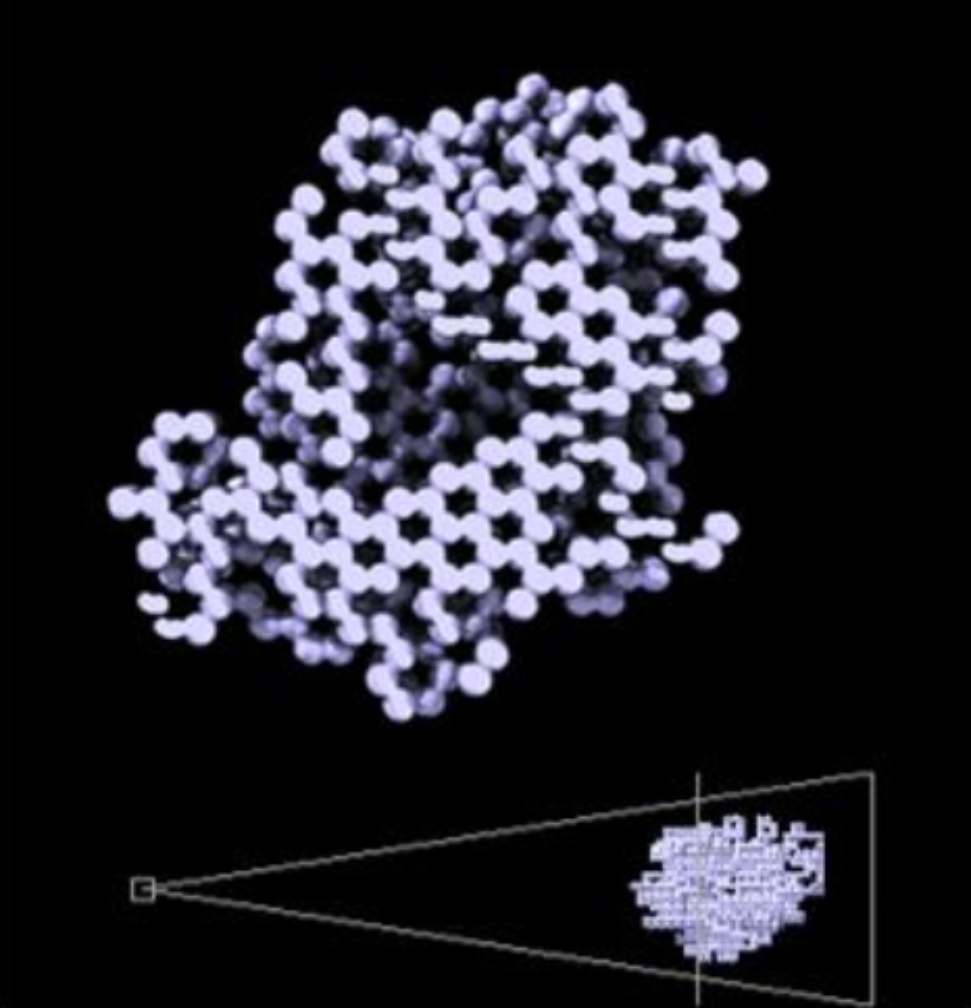publications
publications by categories in reversed chronological order. generated by jekyll-scholar.
2023
-
 An Improved Shape Annealing Algorithm for the Generation of Coated DNA Origami NanostructuresBolutito Babatunde, Jonathan Cagan, and Rebecca TaylorJournal of Mechanical Design, Dec 2023
An Improved Shape Annealing Algorithm for the Generation of Coated DNA Origami NanostructuresBolutito Babatunde, Jonathan Cagan, and Rebecca TaylorJournal of Mechanical Design, Dec 2023In recent years, the field of structural DNA nanotechnology has advanced rapidly due to transformative design tools. Although these tools have been revolutionary, they still bear one overall limitation of requiring users to fully conceptualize their designs before designing. Recently, a simple computational casting technique was developed using generative optimization strategies to automate DNA origami nanostructure design. This approach employs a shape annealing algorithm, which creates a formal language of honeycomb nanostructures with shape grammars and drives designs from the language towards a desired configuration using simulated annealing. This initial demonstration of the approach can generate novel scaffold routing schemes for creating solid or hollow structures constrained by boundaries of polyhedral meshes. The results from the initial approach, particularly from the hollow structures, reveal a challenging design space. This simple technique generates novel scaffold routing schemes that do not replicate the overall polyhedral mesh shape and is limited in its ability of controlling scaffold path exploration in the design space. This paper demonstrates an approach for achieving different levels of consistent effective wall thicknesses and improving the quality of mesh coverage for hollow structures that can be tuned and optimized by introducing a more refined computational casting technique. We achieve these improvements through changes in the simulated annealing algorithm by adding a Hustin move set algorithm that dynamically adjusts the performance of the overall design and redefining how these hollow designs are articulated. This work illustrates how the technique can navigate a challenging design space to generate effective hollow designs.
-
 An Improved Shape Annealing Algorithm for the Generation of Coated DNA Origami NanostructuresBolutito Babatunde, Jonathan Cagan, and Rebecca E. TaylorProceedings of the ASME 2023 International Design Engineering Technical Conferences and Computers and Information in Engineering Conference IDETC/CIE2023, Boston, MA, Aug 2023
An Improved Shape Annealing Algorithm for the Generation of Coated DNA Origami NanostructuresBolutito Babatunde, Jonathan Cagan, and Rebecca E. TaylorProceedings of the ASME 2023 International Design Engineering Technical Conferences and Computers and Information in Engineering Conference IDETC/CIE2023, Boston, MA, Aug 2023In recent years, the field of structural DNA nanotechnology has advanced rapidly due to transformative design tools. Although these tools have been revolutionary, they still bear one overall limitation of requiring users to fully conceptualize their designs before designing. Recently, a simple computational casting technique was developed using generative optimization strategies to automate the design of DNA origami nanostructures. This approach employs a shape annealing algorithm, which creates a formal language of honeycomb DNA origami nanostructures with shape grammars and drives designs from the language towards a desired configuration using simulated annealing. This initial demonstration of the approach can generate novel scaffold routing schemes for creating solid or hollow structures constrained by boundaries of polyhedral meshes. The results from the initial approach, particularly from the hollow structures, reveal a challenging design space. This simple technique generates novel scaffold routing schemes that do not replicate the overall polyhedral mesh shape and is limited in its ability of controlling scaffold path exploration in the design space. This paper demonstrates an approach for varying effective wall thickness and improving quality of polyhedral mesh coverage for hollow structures that can be tuned and optimized by introducing a more refined computational casting technique. We achieve these improvements through changes in the simulated annealing algorithm by adding a Hustin move set algorithm that dynamically adjusts the performance of the overall design and redefining how these hollow designs are articulated. The results in this work illustrate how the shape annealing algorithm can navigate a challenging design space to generate effective hollow designs.
2022
-
 A refined shape annealing algorithm for the optimal generation of DNA origami designsBolutito Babatunde, Jonathan Cagan, and Rebecca E. Taylor28th International Conference on DNA Computing and Molecular Programming (DNA28), Albuquerque, NM, Aug 2022
A refined shape annealing algorithm for the optimal generation of DNA origami designsBolutito Babatunde, Jonathan Cagan, and Rebecca E. Taylor28th International Conference on DNA Computing and Molecular Programming (DNA28), Albuquerque, NM, Aug 2022A refined shape annealing algorithm for the optimal generation of DNA origami designs Bolutito Babatunde1, Jonathan Cagan1 and Rebecca Taylor1,2,3 1Department of Mechanical Engineering, 2Department of Biomedical Engineering, 3Department of Electrical and Computer Engineering, Carnegie Mellon University, USA In the recent years, the field of structural DNA nanotechnology has advanced rapidly due to transformative design tools. Although these tools have been revolutionary, they still bear two key limitations. Base-level design tools push users towards conceptually simpler extrusion-style designs due to the complexity of manually constructing more irregular geometries. This limitation gave rise to the development of powerful automated and semi-automated tools for generating wireframe [1] and solid extrusion-based systems [2]. However, these new tools still limit users to fully conceptualize their design and are therefore unable to assist with practical challenges encountered in DNA origami design such as efficient use of the scaffold. We have previously shown that generative optimization strategies can be used to design DNA origami nanostructures through automation [3]. In this work, we show how this method can be used to implement coating-type designs for arbitrary input shapes that use differing amounts of scaffold. This is accomplished by employing a shape annealing algorithm [4], which creates a language of DNA nanostructures with shape grammars [5] and drives designs from the language towards a desired configuration using simulated annealing [6]. Shape grammars use a formal rule-based method to define the relationship between geometric shapes while simulated annealing is a stochastic optimization technique. This formal approach addresses the limitations from current automated and semi-automated tools by generating complex DNA origami designs in an optimally driven way only with a set of boundaries and desired characteristics. In previous work, this new approach was demonstrated by directing the scaffold routing pattern to fill or coat the walls of distinct polyhedral meshes as boundaries. Here, we present, a more refined approach that addresses the quality, thickness, and scaffold utilization of generated coatings.
2021
-
 Generating DNA Origami Nanostructures through Shape AnnealingApplied Sciences, Jan 2021
Generating DNA Origami Nanostructures through Shape AnnealingApplied Sciences, Jan 2021Structural DNA nanotechnology involves the design and self-assembly of DNA-based nanostructures. As a field, it has progressed at an exponential rate over recent years. The demand for unique DNA origami nanostructures has driven the development of design tools, but current CAD tools for structural DNA nanotechnology are limited by requiring users to fully conceptualize a design for implementation. This article introduces a novel formal approach for routing the single-stranded scaffold DNA that defines the shape of DNA origami nanostructures. This approach for automated scaffold routing broadens the design space and generates complex multilayer DNA origami designs in an optimally driven way, based on a set of constraints and desired features. This technique computes unique designs of DNA origami assemblies by utilizing shape annealing, which is an integration of shape grammars and the simulated annealing algorithm. The results presented in this article illustrate the potential of the technique to code desired features into DNA nanostructures.
-
 A formal approach for automated generation of DNA origami designsFNANO 2021: 18th Annual Conference Foundations of Nanoscience, Virtual, Apr 2021
A formal approach for automated generation of DNA origami designsFNANO 2021: 18th Annual Conference Foundations of Nanoscience, Virtual, Apr 2021Over recent years, structural DNA nanotechnology has witnessed the unveiling of transformative tools that have advanced the design of DNA origami nanostructures. Currently, most structures are manually designed from the bottom-up which starts at the base scale to design large DNA assemblies. However, the complexity of the manual process often limits designs to simple structures and the slow design process limits the number of feasible designs for comparison. Such limitations spurred the creation of automated tools that utilize an approach that is fundamentally top-down by starting with an outline of the desired configuration and walking backwards to define the DNA base sequence to form the large DNA assembly. However, these automated tools also limit the design space by requiring the designer to fully conceptualize the design before implementation. A formal approach to generate designs from scratch would greatly advance the design of DNA origami structures. We introduce such a formal approach that utilizes generative optimization strategies to design DNA origami nanostructures through automation. This is achieved through shape annealing [1], which couples simulated annealing [2], a stochastic optimization method, with shape grammars [3], which use a formal rule-based method to define the generation of geometric shapes. Shape annealing optimally directs the generation of shapes by controlling the selection and implementation of transformative shape rules. This approach addresses the limitations previously stated by computing optimally directed scaffold routing patterns only with a set constraints and desired properties. During the annealing schedule, scaffold segments are selected in order to optimally grow the scaffold length for a desired function. As an initial demonstration of the method’s capability to generate optimally driven scaffold routing patterns, we use three distinct polyhedral meshes as a constraint for a filling and coating application. By utilizing constraints to control the generation of the scaffold, this approach is fundamentally a hybrid top-down and bottom up design process. The results in Figure 1 illustrate the potential of shape annealing to code desired properties into DNA origami designs.